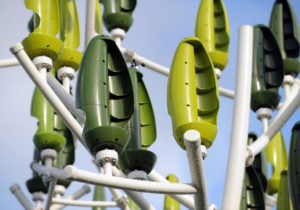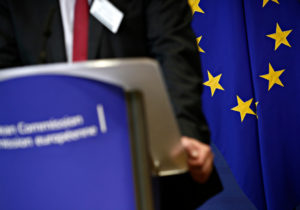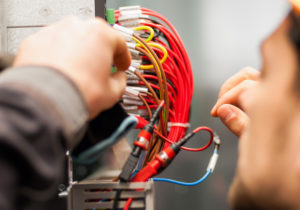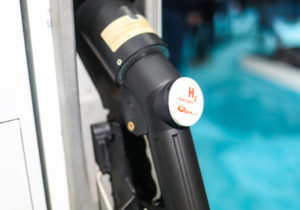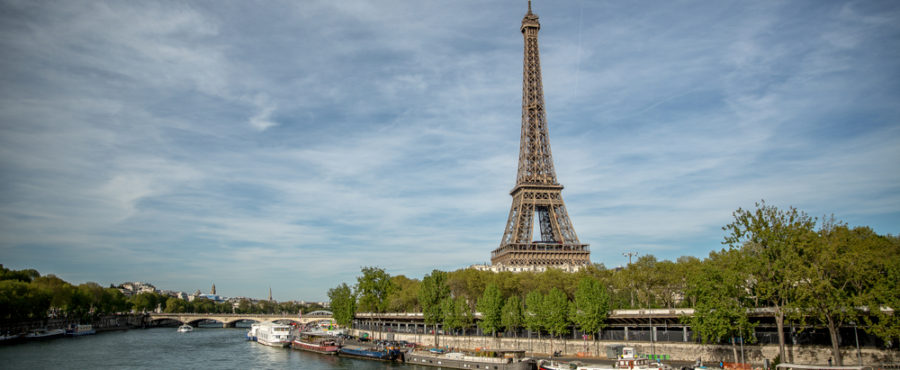
For France uranium is a key component of its energy mix, just like coal is for Poland.
In 2017 over 71 per cent of electric energy produced in France came from nuclear power plants. And this was several points lower than normally due to outages of more nuclear power blocks than usual. Renewable sources provided about 18 per cent, 11 per cent of which came from water power plants, 4 per cent – from wind and 2 per cent – from sunlight and biofuels each. The share of biofuels slightly exceeded 10 per cent and this was only due to low nuclear energy production and the draught diminishing water power plant production. However, most of this energy was generated from natural gas; coal generates no more than 2 per cent of France’s energy. This result significantly deviates from those of other, also developed countries. For example, an average for the states which are members of the International Energy Agency (IEA) totals 17 per cent.
France on the wave
Since 1960s the structure of sources of France’s electric energy has been dominated by hydropower. However, as a result of the dynamic development of the French economy and the country’s growing demand for electricity, given the limited potential of hydropower, the French authorities decided to focus on the atom. A vast research and investment program within a timeframe of over ten years turned France into the world’s nuclear energy leader. With its nuclear power sector France is now one of the biggest net exporters of electricity. According to IEA data, though the country does import 10 terawatt hours of electric power a year (mainly from Switzerland), it exports 74 terawatt hours, mostly to Italy.
French challenges
The key challenge faced by France is the aging fleet of nuclear reactors. A significant portion of power plants will have to be shut down within 20 years. At the same time, construction of new ones remains uncertain. The only reactor being built – EPR in Flamanville – has been under construction for much longer than planned and will cost double the original budget.
In the era of RES energy getting cheaper and cheaper, investments in new nuclear blocks, which are extraordinarily complex and expensive, are raising greater and greater economic doubts. On the other hand, recent governments declared to reduce the share of nuclear energy down to 50 per cent in 2025, which is unrealistic – within several years France is not able to lunch so many alternative sources.
However, the top priority for the nearest future is RES. Investments in photovoltaics only are to reach 25 billion euros. Production of nuclear energy is only to support and stabilise the delivery of energy from new generation sources[1].
With its well-developed nuclear sector and when expanding the RES, France will not yet be pressured to increase the energy prices as nuclear power plants generate very cheap energy. This is cheap enough for the power companies to experiment with RES, without risking putting too much burden on their customers. Additionally, the French power sector does not need to be concerned about the costs of CO2 emissions, which are becoming a significant factor in other countries.
[1] https://www.bloomberg.com/news/articles/2018-01-31/french-energy-giant-seeks-survival-by-rewriting-nuclear-rules

